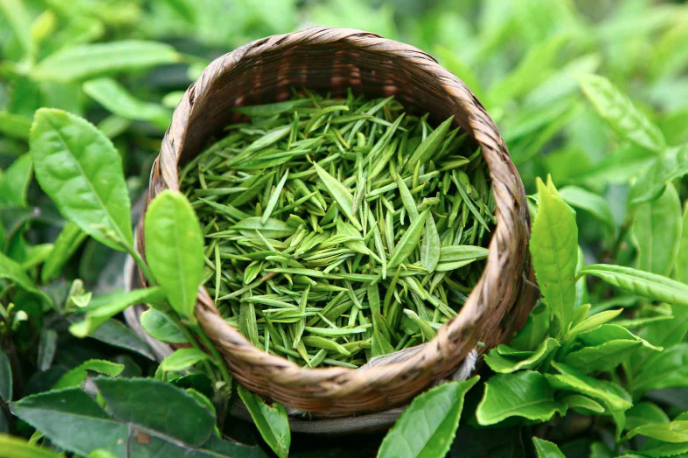Green tea is gaining popularity in Europe
After centuries of black tea sold in tea cans as the mainstream tea drink in Europe, clever marketing of green tea followed. The green tea that inhibits the enzymatic reaction by high temperature fixing has formed the quality characteristics of green leaves in clear soup.
Many people drink green tea to improve their health, making green tea gradually become a medicinal drink, so it is a lot less fun and needs to be improved by adding new ingredients. Following in the footsteps of China, the Japanese Ministry of Agriculture vigorously promotes high-quality Japanese teas in Europe, which also have a long cultural tradition, but with completely different taste characteristics and more complex brewing requirements, attracting more and more knowledgeable people keen to explore novel drinks of consumers. South Korea followed suit and started promoting high-quality green tea in Europe, mainly tea originating from Jeju Island in the southern part of the Korean peninsula.
High-quality mainstream green teas are available on all supermarket shelves, whether loose or in tea bags, as well as a wide selection of flavoured green teas from multinational brands such as Lipton, Tetley and Twinings. Both premium operators and small retailers use green tea from well-known origins in their product portfolios. Japanese green tea is gaining traction and is heavily promoted in France, Germany, Italy and the UK.
On a rainy day, make a cup of tea and sit alone by the window. Looking at the light rain outside the window, the glass tea cup in front of me is brewing green tea, listening to the sound of the rain beating on the window lattice, my heart is rolling with the tea and the rain, just like watching the ups and downs of life.
